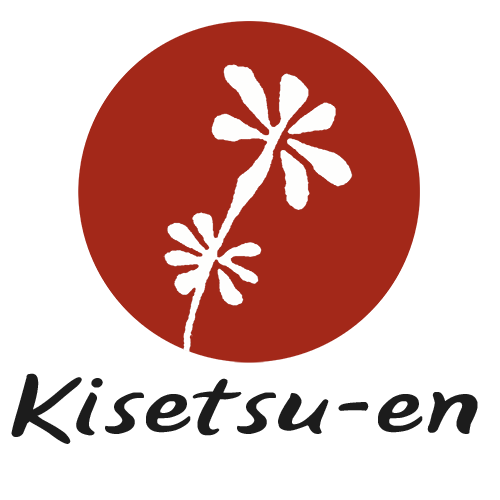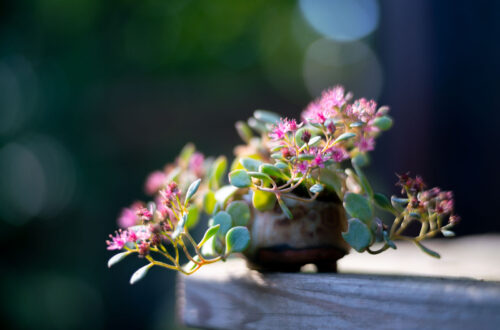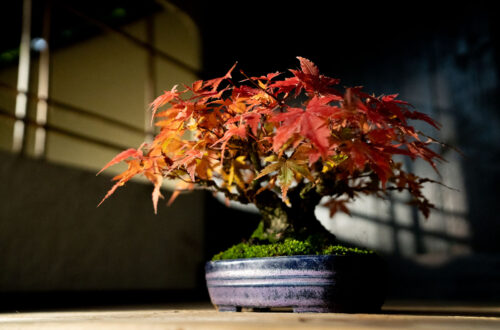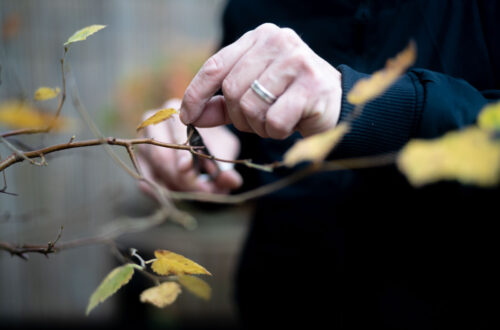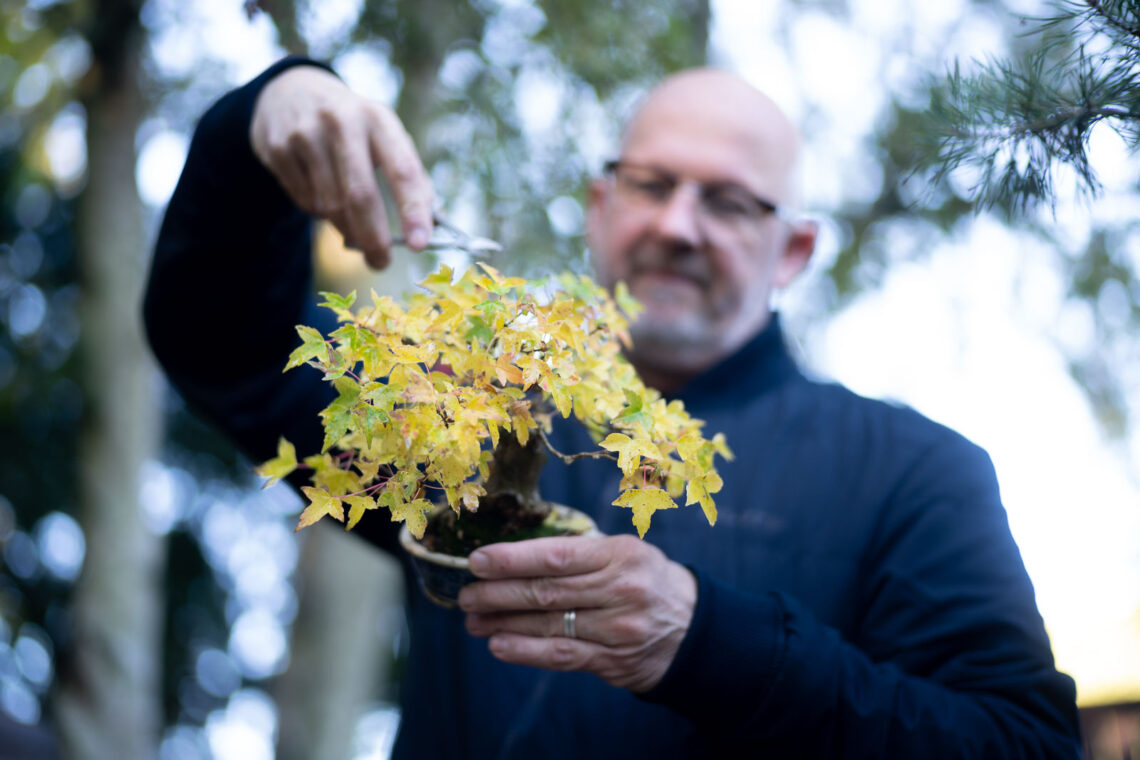
Autumn and Live Q&A
Autumn begins to fill in the colour palette around Europe. Our friends on the other side of the globe experience spring, and so the world is spinning.
The colours of deciduous trees are beautiful at this time no matter if it is autumn or spring. Leaves build up green chlorophyll in spring, making leaves ready to absorb light during the growing season. When we reach autumn shorter days and temperatures dropping make the leaves break down the green again, and the underlying colours of yellow, orange and reds become visible.
Enjoying autumn colours in the bonsai garden is a limited joy. For some trees, it doesn’t last long, and a windy day may clear all branches from leaves if they are at the stage of loosening their grip.
There still is plenty to do in the season of leaf drop. Wiring deciduous and pruning are still on the table. As shown in the BONSAI ON episode released yesterday.
The next members’ LIVE Q&A takes place Thursday, October 27th at 8 PM (UTC +2).
Members tune in on Zoom and also send in questions up front for optimal preparations.
All kinds of bonsai questions are welcome. Read more about LIVE Q&A here.
The complexity of autumn (fall) colours
If you are interested in exactly what happens and why, the SCA, Student Conversation Association, has a great online explanation on the subject.
“Basically what’s going on is that flavonoids and carotenoids, the compounds responsible for fall foliage’s yellow and orange-red hues respectively, are present in leaves throughout the year, but they’re overwhelmed by high levels of vivid green chlorophyll during the summer months. Leaves can only produce chlorophyll—a necessary component of photosynthesis—in the presence of warmth and sunshine, which of course become increasingly scarce starting in late September. As chlorophyll production slows and then stops, yellow and orange flavonoids and carotenoids are allowed to shine through.

Beyond fall’s fiery hues, carotenoids are responsible for the salient shades of many foods including carrots, egg yolks, and tomatoes.
Autumn’s deepest reds, purples, and magentas are caused by anthocyanins, a type of flavonoid that unlike those discussed above is not present throughout the year. Its production is triggered only in the fall when sunlight interacts with seasonally higher concentrations of sugar in the leaves.”



